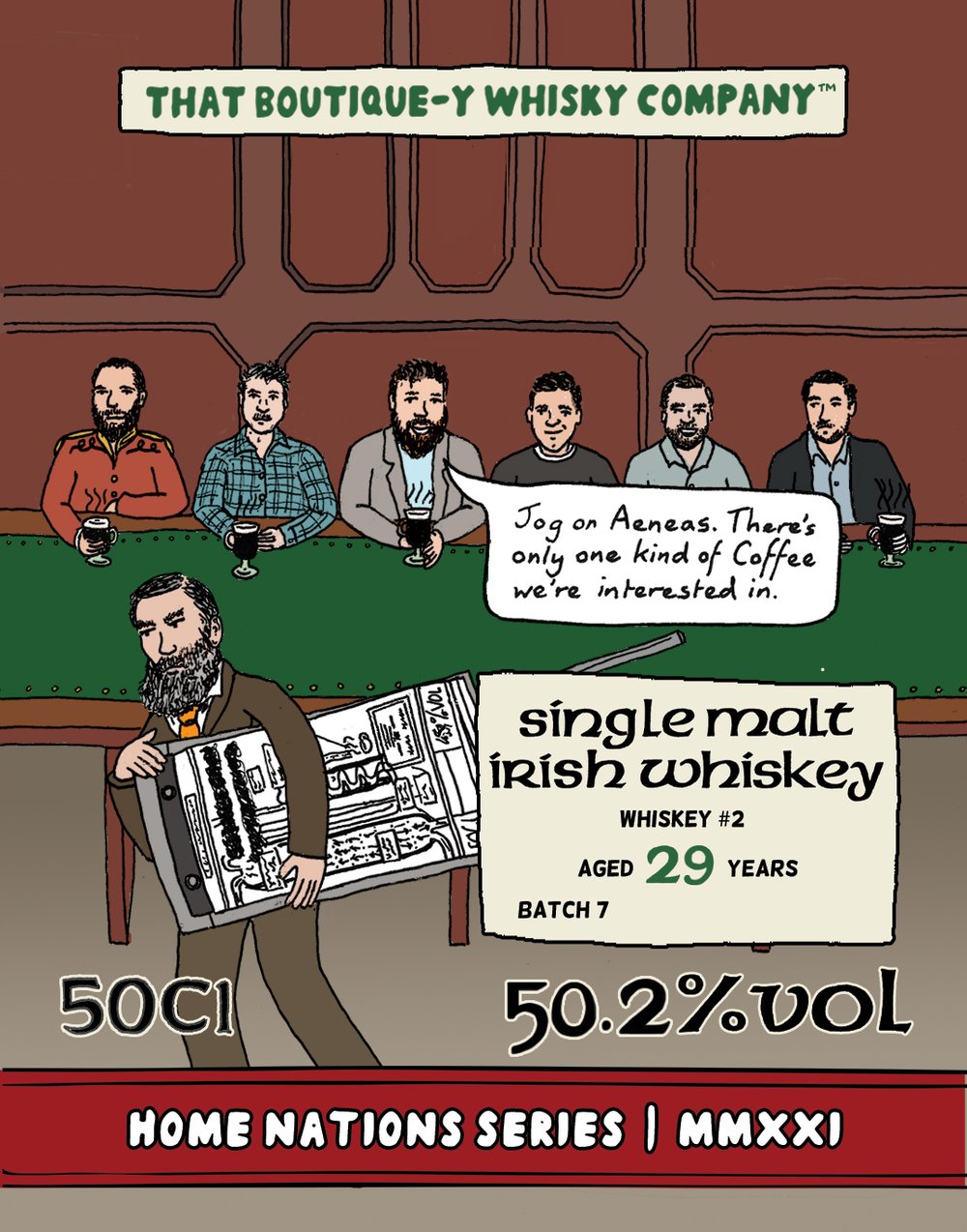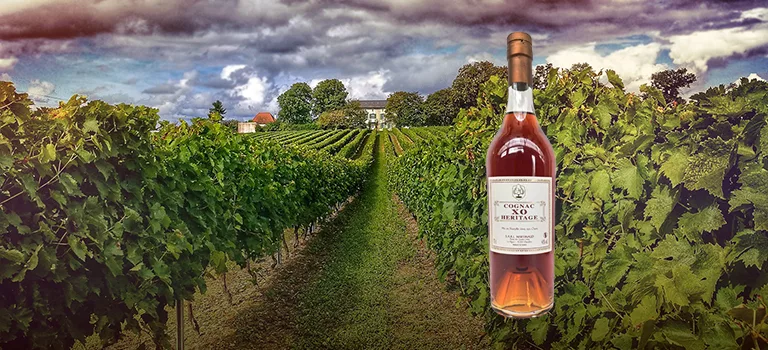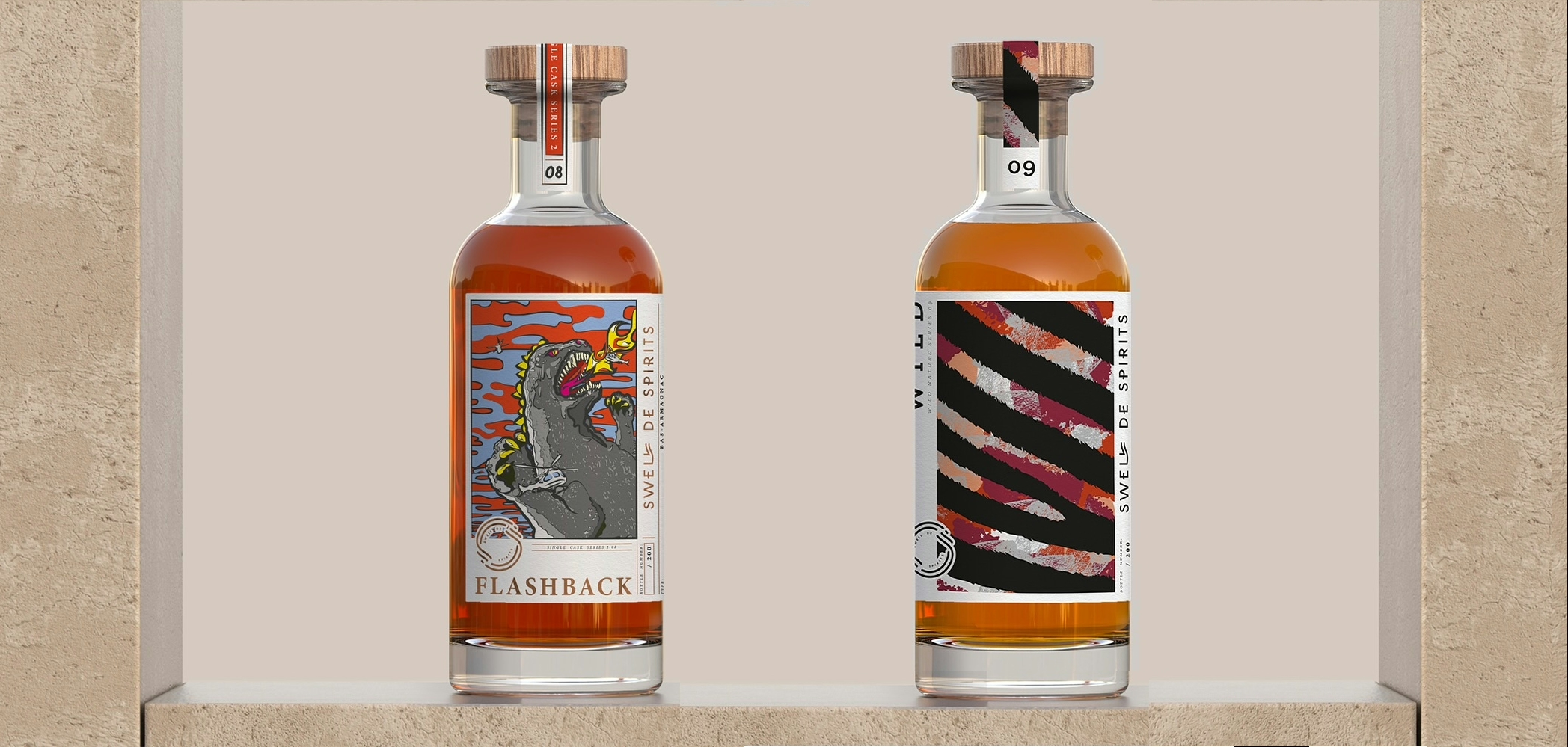A few weeks ago my father turned 70. Lockdown prevented the family to be reunited to celebrate this milestone birthday with him and forced us to postpone a proper celebration. But we’ll just do that another time when it will be safer out there for everyone. Okay, probably not anytime soon. Anyway, a 70th birthday was calling for something special to celebrate when we would be able to see each other, and thanks to the wonderful generosity of a friend, I got a large sample of something even older than my father to share with him: a 1948 Glen Grant bottled by Gordon & Macphail. Younger by age count, but two years older by “distillation/birth” year… and definitely the oldest Glen Grant reviewed here.
Anniversaries and gifts
Anniversaries and milestones always call for a special celebration. And they kind of always did. But at first they were a good excuse to have a party and over time changed to a more formal gift giving occasion.
Society has always required rules and social structure. In prehistoric times those were quite basic and were related with survival. Social etiquette was just about getting along with the group and help catch fish, game or berries. In more recent times, people moved to towns and cities, in larger groups, and with those large crowds, they would require set of rules for getting along, and that’s when modern etiquette was born.

In 1922, an American author called Emily Post published a book titled Etiquette in Society, in Business, in Politics, and at Home (often simply referred as Etiquette). Thanks to that book she became kind of the queen of proper modern etiquette, as it became a bestseller with updated versions over decades. In that book, she wrote that only eight anniversaries required traditional gifts. However, there are some mid-1800s records saying that the first fifteen anniversaries, then every five years after that from the 20th to the 60th anniversaries, then the 75th anniversaries would require gifts. Oops, sorry Father, I’ll need to take the whisky back, you’re just 70. During the 19th century, the status of children improved and childhood was increasingly seen as a special stage of life, and thus children’s birthdays began to be celebrated annually rather than just at major turning points.
But if you want to be able to celebrate your birthday, you would require to know when you were born exactly. In France it was supposed to become mandatory with the ruling of Villers-Cotterêts (1539), signed by then King François the First in the city of Villers-Cotterêts, then several Royal rulings and declarations in the 16th up to the 18th Century, with for example the Royal declaration of 1736 setting a double registry of baptisms, weddings and deaths between clergy and clerks of registry for births, weddings and deaths, but it became really applied only a few decades later. In the UK, the General Register Office for England and Wales (GRO) was founded in 1836 by the Births and Deaths Registration Act 1836, and civil registration commenced in 1837.
Nowadays, there are a large number of official and unofficial anniversary etiquette, and many anniversary gift lists by year. They include the traditional gift list approved by Mrs Emily Post, along with a modern list, and another one from the jewellery industry, and another list of flowers for each year. And many, many others I’m sure, as almost every industry involved may want to add a list of approved gifts.
Wedding anniversaries are also celebrated, and their celebration is a tradition of Germanic origin that dates back to the Middle Ages. After 25 years of marriage, a husband would present his wife with a silver wreath, and after 50 years, a gold one. From this custom emerged the recognition of silver and golden weddings anniversaries. Initially only those two were celebrated while the numerous others would generally pass unmarked.
Anyway, double-digit birthdays with the last one being a zero are especially celebrated as they symbolize the end of a decade and the start of a new one, and that’s why I felt the need to mark my father’s 7th decade with something special.
Glen Grant distillery
Glen Grant is a Speyside distillery based in Rothes, Scotland. Founded in 1839 by the two brothers John and James Grant. James was the Lord Provost (mayor) of Elgin and an engineer by trade, while his brother John was a respected landowner. In order to make sure their large-scale distillery would survive, they had a rail line built from Lossiemouth to Elgin and in 1858, they paid personally for the extension of the route south to Rothes.

James’ son, also named James but best known as ‘The Major’, took charge of the business in 1872 after the death of his uncle then of his father, and thanks to his entrepreneurial actions, the estate around Glen Grant House continued to grow throughout the 19th century, including a huge greenhouse complex and extensive Victorian gardens. He opened a new distillery across the road in 1897, named Glen Grant No. 2, but it would be mothballed only five years later. Major Grant died in 1931 and his grandson, Major Douglas Mackessack, succeeded him.
The year 1953 was the start of several owner changes that would happen over the decades. J&J Grant merged with George & J.G. Smith who were running the Glenlivet distillery, forming the… Glenlivet & Glen Grant Distilleries Ltd. (I’m sure there was some heavy brainstorming to imagine this name!) In 1961, thanks to a friendship between Armando Giovinetti, an importer, and Douglas Mackessak, Glen Grant became the most sold malt whisky in Italy. In 1960 Glen Grant wasn’t present there. Giovinetti bought 50 cases at first, thinking if people didn’t like it, he would drink them himself. But Italians liked it, including Enzo Ferrari, founder of the Scuderia Ferrari and the carmaker of the same name, who also bought it for his drivers, that counted inside their rank the Scot Jackie Stewart. Thirty years later, Giovinetti was importing 700 000 cases of Glen Grant per year in Italy…

In 1965, Glen Grant No.2 was restarted, but under the name Caperdonich. In 1972, The Glenlivet and Glen Grant Distillers merged with Hill Thompson & Co. and Longmorn-Glenlivet Ltd, to form The Glenlivet Distillers. The next year, two stills were added to the existing four to cope with demand. Five years later, The Chivas & Glenlivet Group (Seagrams) bought Glen Grant distillery, and increased the number of stills from six to ten. In 2001 Pernod-Ricard and Diageo bought Seagrams Spirits & Wine, with Pernod-Ricard acquiring the Chivas group, and in 2006 Campari bought Glen Grant for €115 million.

The back of the garden takes you to a beautiful path… 
with bridges going across a stream. 
The Major’s cache 
I fear this cask is empty…
Glen Grant 1948 Gordon & Macphail
Though older expressions (more than 18-years-old) are rarely released by the owners, Gordon & Macphail are famous for releasing from time to time some very old expressions, like this 1948 released in 2006. Not much information about the type of cask used, but it was bottled at 40% abv. No indication either about colouring (I highly doubt it was coloured) nor chill filtration. If you have very deep pockets and really want one, you’ll find some at Hedonism Wines for a mere… £3,820. There is another one at The Whisky Exchange for £4,000 but as the box is different, I’m not sure it’s the same one.

Colour
Deep gold
Nose
A soft nose greets you with gentle wood, soft touches of vanilla and honey, and a surprising meaty side. After some time, there are the slightest touches of grapefruit. The meaty notes become something between an old leather saddle and tanned leather, as well as old shoe polish made of turpentine. The wood scents are not heavy on oak, but make me think more of cedar wood. Finally, there are earthy notes, maybe hints of peat?
Palate
The arrival is citrusy and peppery, still kicking after so many years in the cask, and more than a decade in glass afterwards. The mouthfeel is light and a bit thin as you would expect from a low abv. Wood notes appear after a few seconds in the mouth, getting a bit overpowering as you keep the liquid on your tongue before swallowing. The bitterness of the wood is joined by a fruity bitterness too, with… bitter orange marmalade and the white part of grapefruit between the fruit itself and its peel. The leather is back, with the inside of an old tanned leather strap and turpentine again.
Finish
It’s a melting pot of the notes from the nose and the palate, as the finish is hot with citrus notes, white pepper, wood again and turpentine, for a good length.
Comments
A few months ago there was an article about how old whiskies were undrinkable once past 30-years-old as they would become too woody. This was obviously written by someone not knowing much about whisky and how some very old ones can be absolutely wonderful and marvellous. At almost twice the age of what that author considered undrinkable, this Glen Grant 1948 is a bit woody, sure, maybe a tad too much, but boy is there way more than just wood there.
This whisky smelt and tasted of “before”. It made me think of the hunting room at my late grandparents’ manor in Sologne region in France where they would put the boots, old shoe polish and hunting rifles (and my mother had that thought too). The smell and the taste of old tanned leather. The smell and taste of 30 years ago (for me) or 50 years ago or more (for my parents). A trip back in time, down memory lane. Quite a fitting way to celebrate my father’s 70th birthday. And to hell for the etiquette and waiting 5 more years. I don’t want to wait when I can try whiskies like this one. Even though a tad too woody.
The rating below will express what I think of the whisky itself, but in my mind, for what it brought back to my parents and me, and the context in which we drank it, it will definitely be worth way more. Thanks again, so much, to Jamie, for his wonderful generosity and kindness. We really, really did appreciate it.







